With the development of “new four modernization†of automobiles, the appearance, interior and structure of automobiles have changed. Especially the performance of new energy vehicle power battery and motor technology has improved rapidly. The Ministry of Industry and Information Technology has issued requirements for new energy vehicle announcements (catalogs). More and more high, the announcement life cycle is basically about 1 year. The frequency of new product development of new energy vehicle manufacturers is getting higher and higher, the cycle is getting shorter and shorter, and the research and development costs are more and more, and the difficulty is getting higher and higher. Faced with the new situation, more and more new energy auto companies adopt 3D printing technology . The following describes the application and examples of 3D printing technology in the research and development of new energy vehicles for peer reference.
First, get to know the 3D printer
After the computer is available, the computer will display the calculation results to the people. There are two general methods, one is the screen display, and the other is that the printer prints the result on the paper.
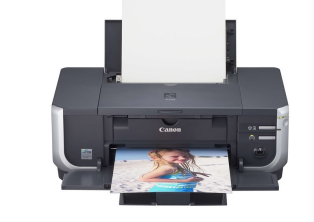
Figure 1 color inkjet printer
Figure 1 is a color inkjet printer for office use. Actually, there are different specifications according to the application, and the printer product is serialized.
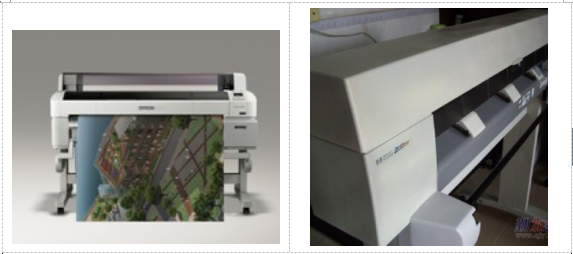
Figure 2 Product design drawing with plotter
Figure 2 is a plotter for product design drawings. The printer is basically the same as the plotter. At present, the Chinese printer (plotter) is basically a foreign brand. Printers that originally had the "real" brand have disappeared. Figure 1 and Figure 2 show a flat printer, also called a 2D printer.
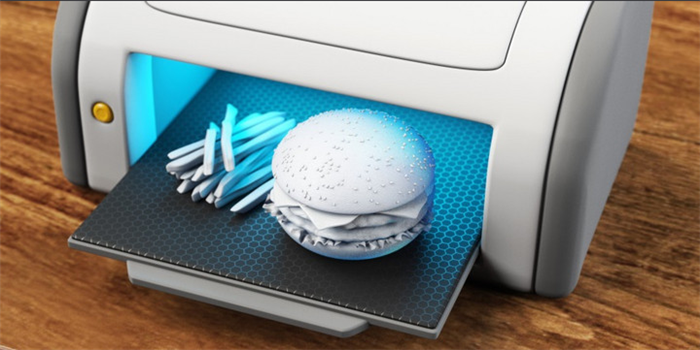
Figure 3 Office 3D printer
Figure 3 is a 3D printer for the office. Comparison of geometric dimensions of 3D printer samples for office use.
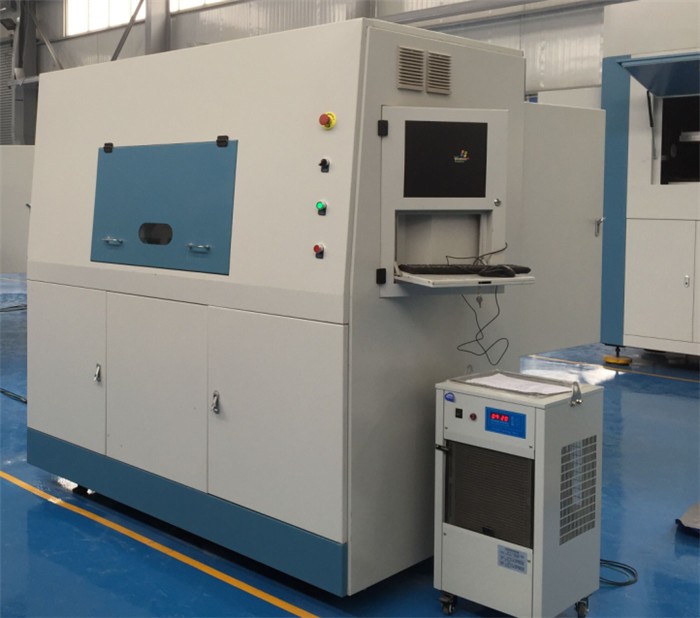
Figure 4 Industrial 3D printer profile
Figure 4 is a sample of industrial products designed, some of which can be product functional parts, or used for mold production, or industrial display parts.
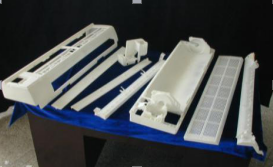
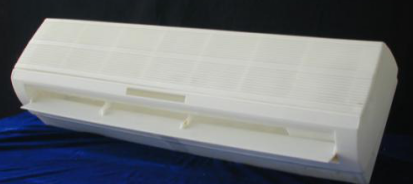
Figure 5 Hanging air conditioning parts and assembled products
Figure 5 shows an industrial 3D printer that prints air-conditioning parts and finished products.
Second, the basic principle of 3D printer introduction
The result of 2D printing is flat. The basic principle is known. The XY axis is formed. The working principle of 3D printer is based on 2D. The XYZ axis is moved from point to line and from line to surface. Complete one level of drawing work, then move the lifting table vertically in the height of one layer and then solidify another layer. Such layers are superimposed to form a three-dimensional solid model of an arbitrarily complex structure. The details are as follows:
13D printer structure diagram
The structure of the D printer is shown in Figure 6.
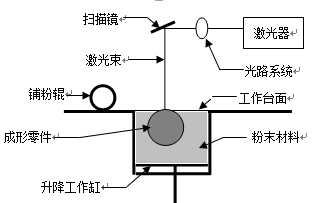
Figure 6 3D printer works
23D printer instance parameters
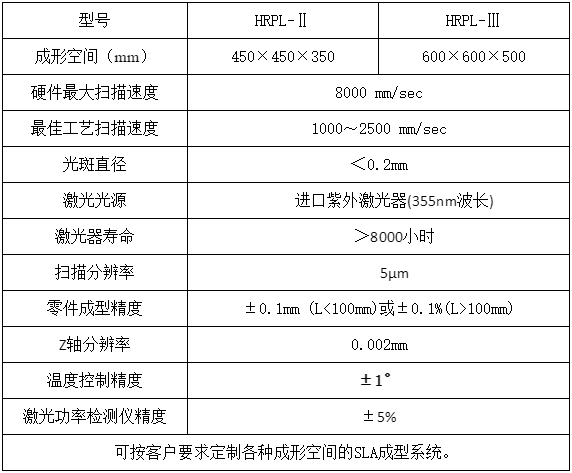
3 industrial 3D printer advantages:
a) The CAD model can be directly made into a terminal metal product, requiring only a simple post-treatment or surface treatment process.
b) Suitable for workpieces of various complex shapes, especially for complex workpieces with complex profiled structures (such as cavities, 3D meshes) that cannot be manufactured by conventional machining methods.
c) A solid with a non-equilibrium supersaturated solid solution and a uniform fine metallographic structure can be obtained, the density can be almost 100%, and the mechanical properties of the SLM parts are comparable to those obtained by the forging process.
d) Using a laser with high power density, machining the metal with a laser beam with a small spot size, so that the processed metal parts have high dimensional accuracy (up to 0.1 mm) and good surface roughness value (Ra=30) Um ~ 50um).
e) Since the laser spot diameter is small, it is possible to melt the high melting point metal at a lower power, making it possible to manufacture parts with a single component of metal powder, and the variety of metal powders available is also greatly expanded.
f) It can solve the problem of difficult processing of complex parts of high-temperature alloy parts with wide application in aerospace and can be solved by using titanium powder and nickel-based superalloy powder. It can also solve the gradient functional materials with continuous changes of biomedical components. Processing problems.
Third, 3D printing new energy product examples
The automobile market is increasingly competitive, and car companies are exploring new technology. 3D printing technology is mainly based on the application of new car models and tools. Therefore, more and more car companies adopt 3D printing technology, effectively reducing R&D and innovation costs and effectively improving efficiency, responding to innovative, personalized, and small-volume customer needs.
1 3D printing automotive parts products, see Figure 7.
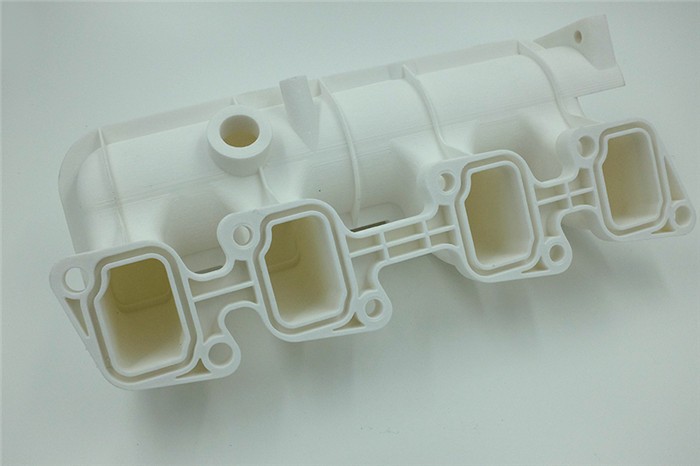
Figure 7 3D printing auto parts products
3D printing parts and components of some models, see Figure 8.
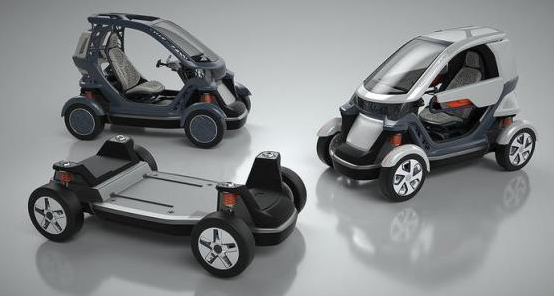
Figure 8 3D printing technology to produce new energy models.
Bamboo Kitchen Paper,Bamboo Kitchen Paper Towel,Bamboo Kitchen Paper Roll,Bamboo Kitchen Roll
BODA ENTERPRISE LIMITED , https://www.bodapaper.com